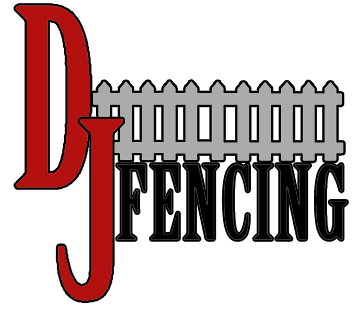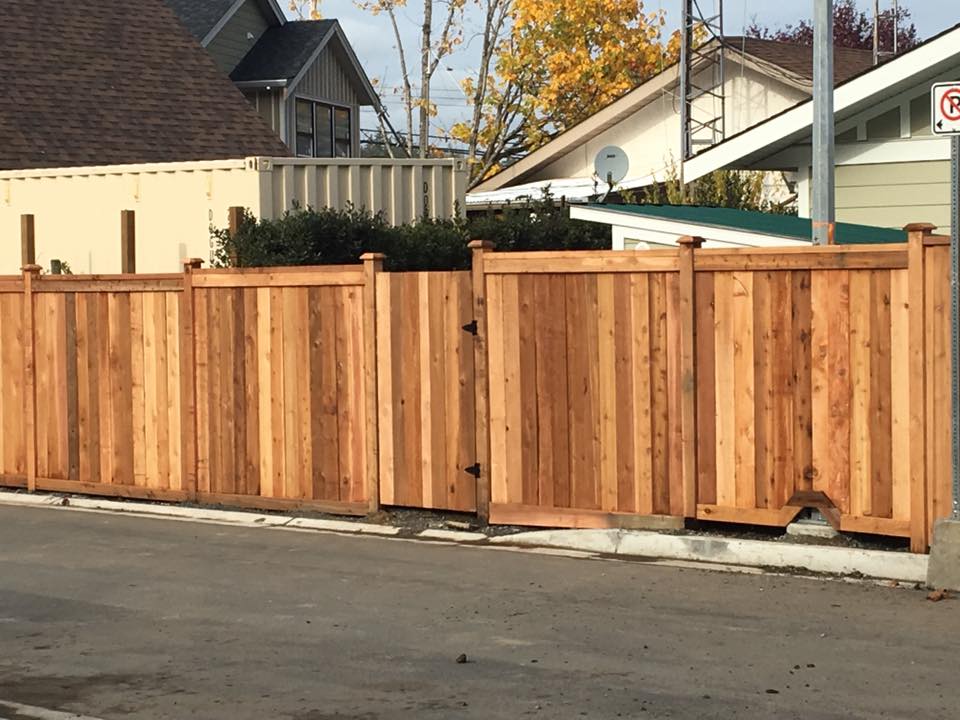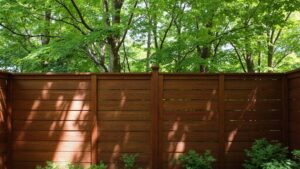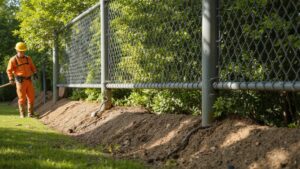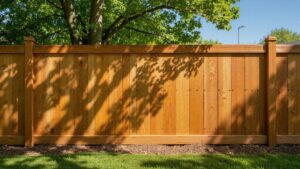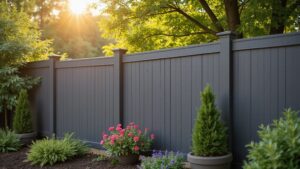Keeping your fence in good shape is key to making sure it lasts and looks great over the years. Regular checks can reveal hidden issues like rot or rust that could weaken it over time. Cleaning it every six months and using protective coatings will help protect it from harsh weather. But there’s more to fence care than just the basics. Knowing how to look after your fence in different seasons and understanding the right materials to use can make a big difference to how long it lasts. Let’s take a closer look at some important tips.
Key Takeaways
- Check your fence regularly to spot early signs of damage like rust, rot, or loose parts.
- Clean it every six months to prevent dirt and grime from building up.
- Use protective coatings that suit your fence material to shield it from the weather.
- Fix any damage like broken or loose boards as soon as possible.
- Keep an eye on screws, nails, and other fittings, replacing any that are rusted or loose.
Checking the Condition of Your Fence
Before doing any cleaning or repairs, you should first check your fence carefully. Look for signs of wear, like rotting wood, rusting metal, or wobbly panels.
Pay special attention to the posts, as they hold up the fence. Watch for insect damage or mould, which can also weaken it. Don’t forget to check the ground around your fence for erosion or sinking areas that might affect its stability.
Make notes of anything you find. This will help you plan what needs fixing and keep your fence in good condition.
Cleaning Your Fence Regularly
Keeping your fence clean not only makes it look nice but also helps it last longer. Here’s how to do it:
Pick the Right Cleaning Method
Choose the cleaning method based on what your fence is made of—wood, vinyl, or metal.
Pressure washing is great for a deep clean but make sure to use the right pressure setting to avoid causing damage. You can also use eco-friendly options like vinegar or natural cleaners—they’re gentle on your fence and better for the environment.
Whatever method you choose, test it on a small area first to make sure it’s safe for your fence.
Create a Cleaning Routine
Plan to clean your fence about every six months. Use a soft brush and a mild detergent to scrub off dirt. If you have a wooden fence, use a cleaner made for wood. Vinyl or metal fences can often be pressure washed safely.
After cleaning, look for any new signs of damage so you can deal with them quickly. Keeping up with regular cleaning helps your fence stay strong and look good for a long time.
Applying Protective Coatings
Even a strong fence needs protection from sun, rain, and snow. Using the right coating helps it stay looking new and last longer.
Choose a sealant that works well with your fence’s material. Wood fences usually need oil-based or water-repellent sealants. Vinyl fences benefit from UV-blocking sprays.
Make sure the surface is clean and dry before you start. Use a brush or sprayer for even coverage. Pay close attention to corners and joints, as these spots are more likely to get damaged.
Once applied, let the coating dry completely before exposing it to rain or sun. Reapply every few years to keep your fence in great shape.
Fixing Damage Quickly
If you see something wrong with your fence, it’s best to fix it as soon as possible. Small problems can turn into big ones if left alone.
Common Types of Damage
Even the toughest fence can get damaged. Look out for rot, especially in wood fences. Moisture can cause wood to soften and break down.
Insects like termites or ants can also harm your fence, especially if it’s made of wood. They eat away at the inside, which can make it weak without you realising.
Check for soft patches, discolouration, or small holes during your inspections to catch problems early.
Quick Fixes
If you find a crack or loose board, act fast. You can patch small holes with wood filler or epoxy. Warped boards can sometimes be straightened with screws and clamps.
If a post is wobbly, dig around it, add some gravel, and set it in concrete to make it firm again. Small fixes like these help avoid bigger, costlier repairs later on.
Checking Hardware and Fasteners
The screws, nails, and brackets that hold your fence together need to be checked too.
Look for rust or loose parts. Rusted screws can snap, and loose ones can make your fence shaky. Replace any damaged parts with weather-resistant ones.
Tighten everything regularly. It’s a small job that makes a big difference in how strong your fence stays.
Seasonal Fence Care Tips
Different seasons affect your fence in different ways, so it’s good to adjust your care routine throughout the year.
- Winter: Before the cold sets in, check for loose boards and apply a weather-proof sealant. Clear off any snow to stop the fence from bending or breaking.
- Spring: After winter, check for damage and fix any issues. Clean the fence and look for signs of mould or pests.
- Summer: Clean your fence again and apply protective coatings if needed. Trim plants nearby so they don’t trap moisture against the fence.
- Autumn: Clear away fallen leaves and debris that could cause rot or mould. Do one last check before winter.
Choosing the Best Materials for a Long-Lasting Fence
Taking care of your fence is easier if you’ve picked the right materials from the start.
- Wood: Looks nice and blends well with gardens, but needs more maintenance to stop it from rotting or getting eaten by insects.
- Metal: Galvanised steel or aluminium are long-lasting and low-maintenance, though more expensive at first.
Think about your local weather too. If it’s damp where you live, metal might be the better choice.
Choosing the right material means less work and fewer repairs in the future.
Frequently Asked Questions
How often should I repaint or stain my wooden fence?
About every 3–5 years, depending on the weather and how well the fence is protected.
Can I pressure wash my fence without damaging it?
Yes, but adjust the settings depending on the material. Use lower pressure for wood or vinyl.
What’s the best way to stop fence rot?
Use rot-resistant materials, keep the area dry, and apply a good sealant regularly.
How do I choose the right fence style?
Pick a style that suits your home and needs—think about privacy, looks, and safety.
Are there eco-friendly options for fence care?
Yes! You can use natural cleaners and sealants, and pick sustainable materials like bamboo or recycled metal.
Conclusion
Looking after your fence regularly isn’t just about keeping it standing—it also helps it stay looking great. By checking for damage, cleaning it, and protecting it from the weather, you’re making sure it lasts for many years. Keeping the screws and fittings tight is just as important. And by choosing the right materials from the beginning, you make things easier in the long run. With a bit of effort and care, your fence will remain a strong and attractive part of your property.
